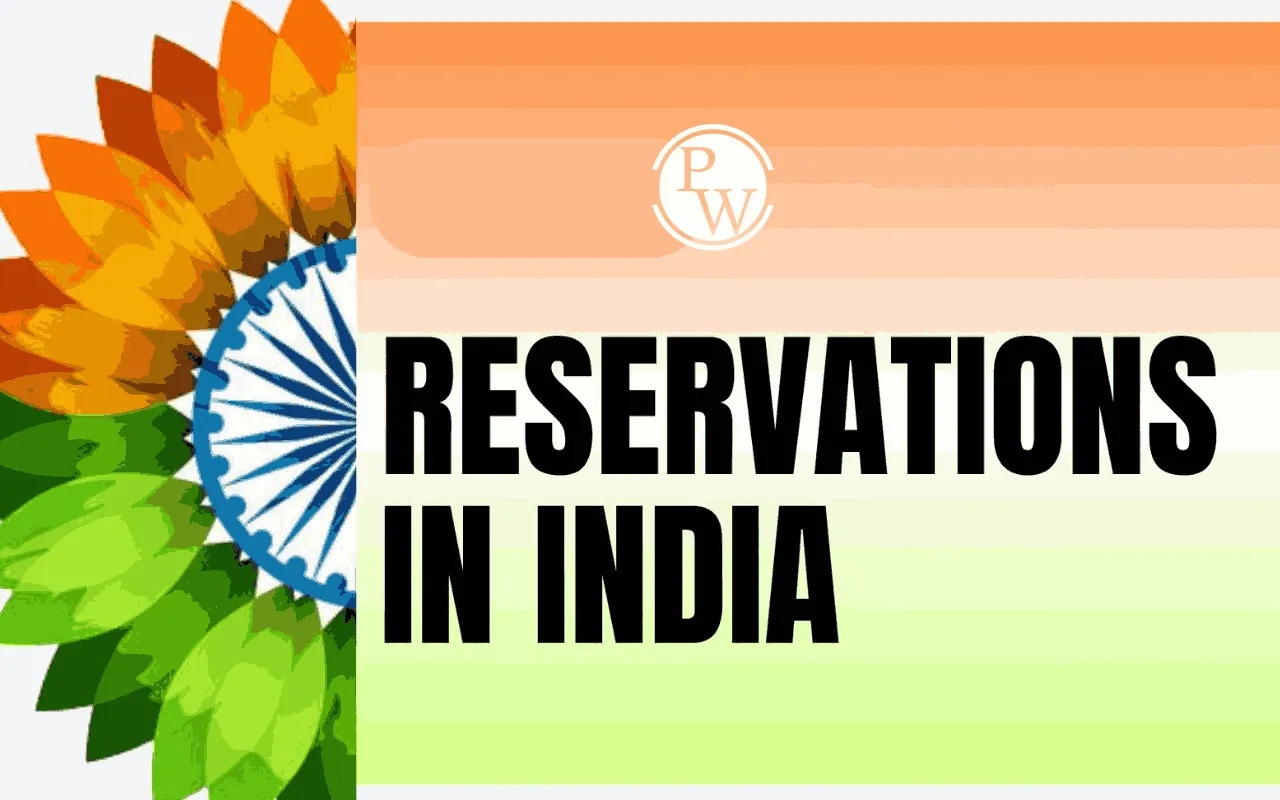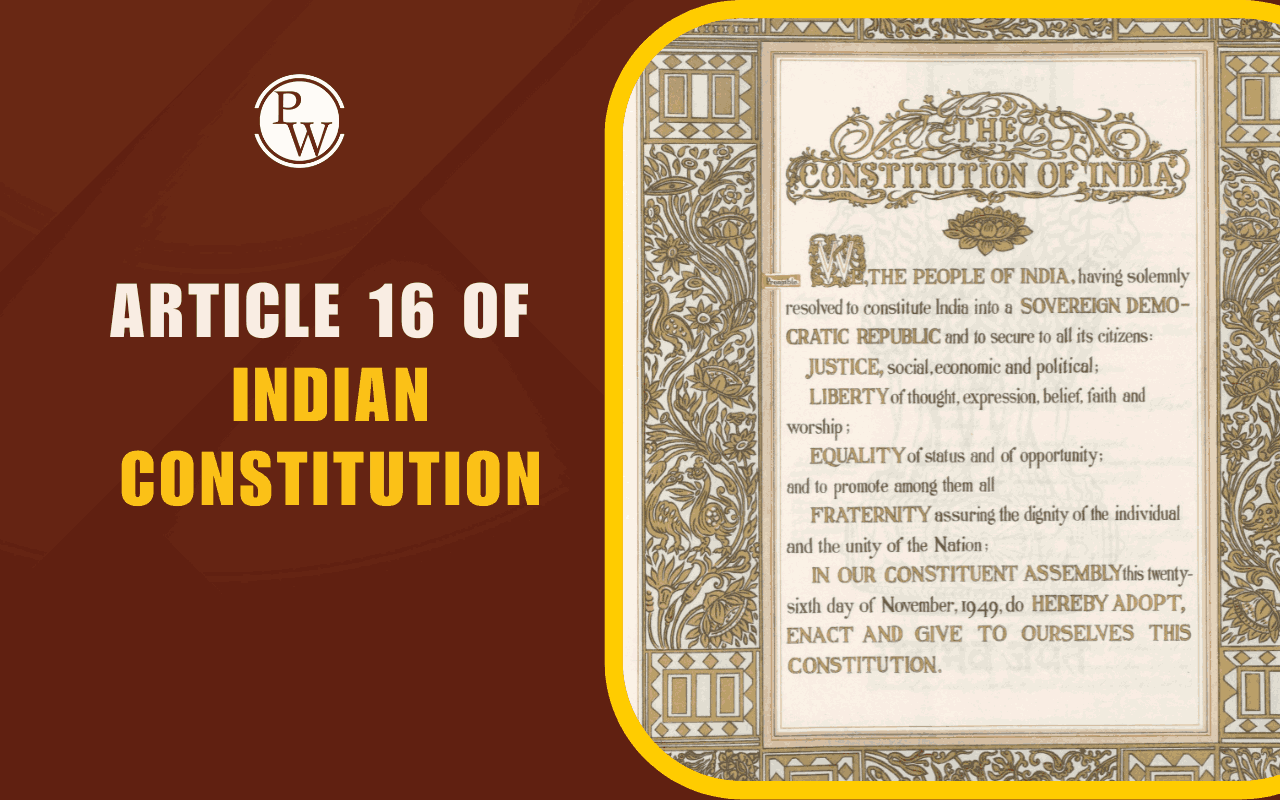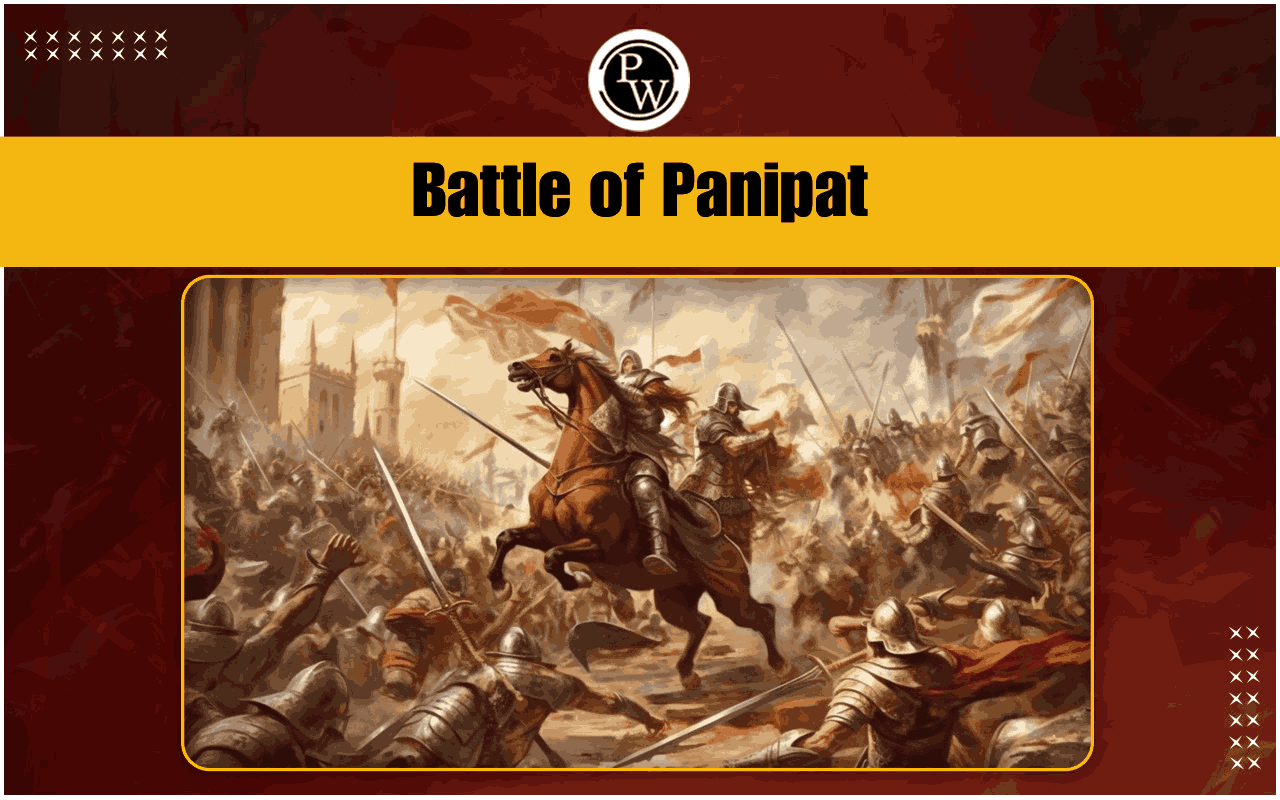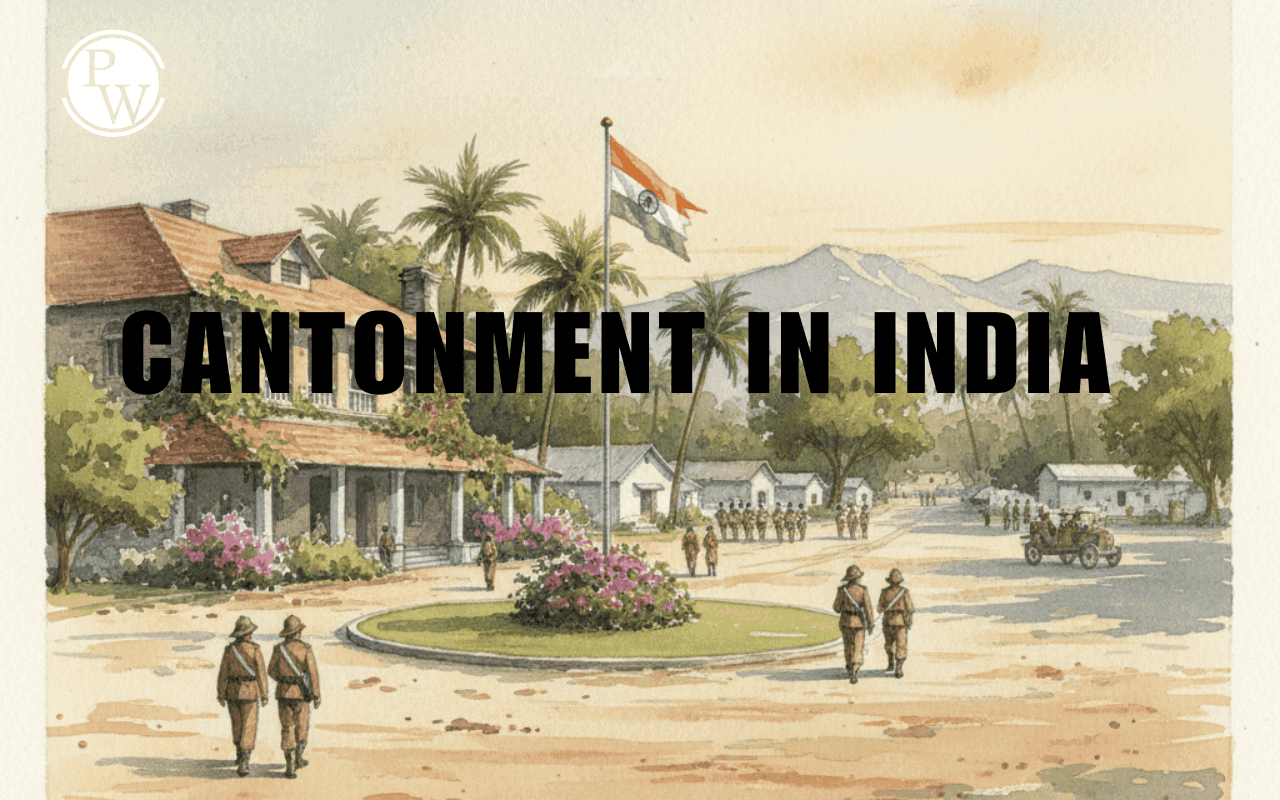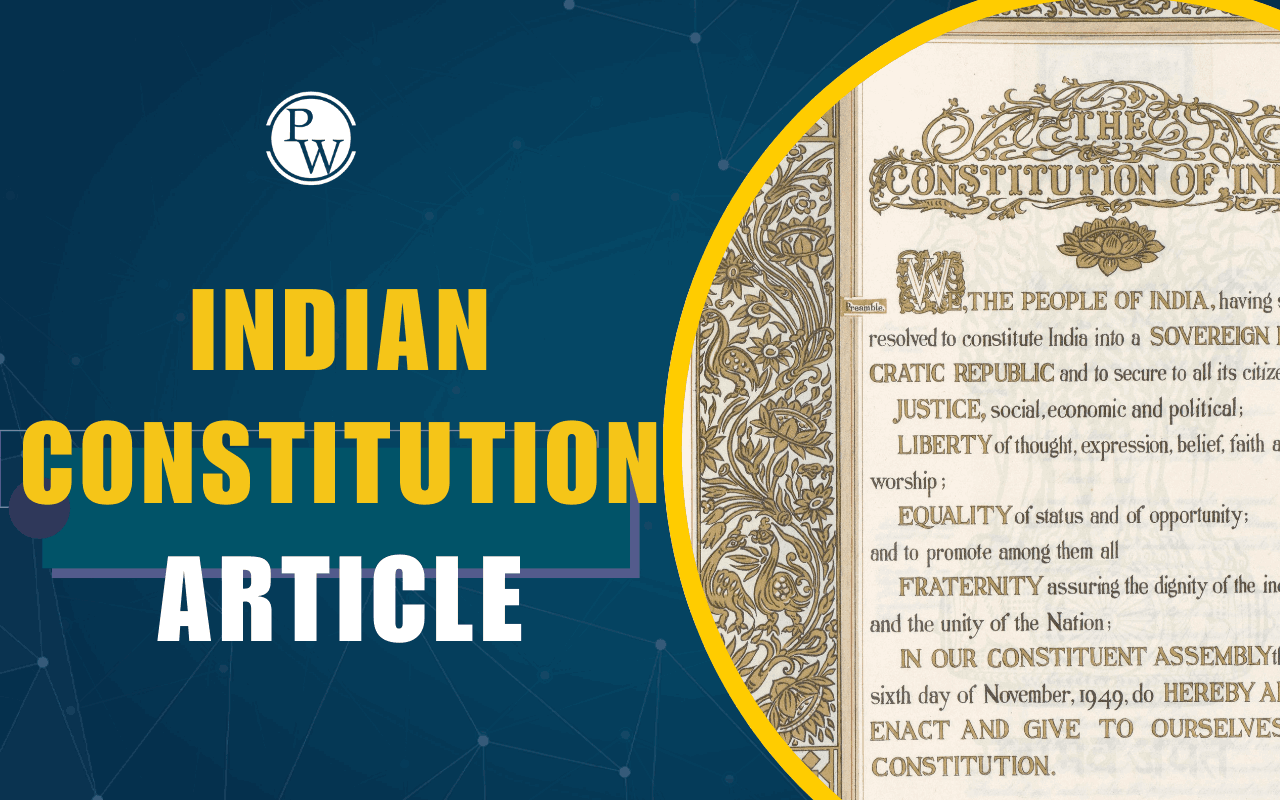
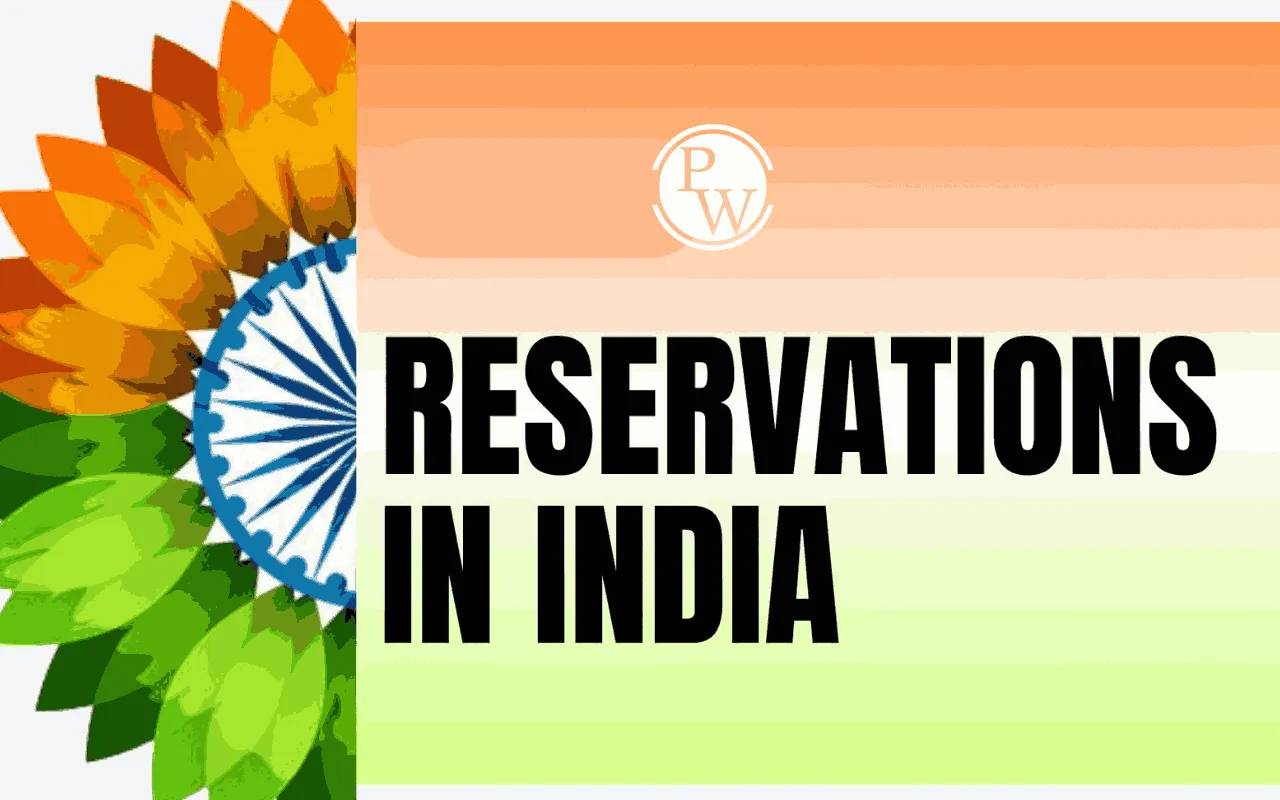
Reservation in India has been developed as a system that gives special rights to certain groups of individuals or communities in matters of education, jobs, and administration. It was created to support those groups in India who have suffered atrocities in the past. Reservation is used as a tool for building an equal society in India.
Reservation in India was included in the Indian Constitution to provide equal opportunities, particularly to the historically marginalized communities. They are categorized into different groups, like Scheduled Castes (SC), Scheduled Tribes (ST), Economically Weaker Sections (EWS), and Other Backward Classes (OBC).
Reservation in India
Reservation in India means keeping aside a certain number of seats or posts for some communities. These include Scheduled Castes (SC), Scheduled Tribes (ST), Other Backward Classes (OBC), and Economically Weaker Sections (EWS). The main aim is to help these groups get equal chances in education, jobs, and decision-making.
Reservations are not the same everywhere. It changes based on state policies and the type of exam or job. However, the central government rules prevail over the whole system. Some of the examples are as follows:
- In schools and colleges, some seats are reserved for SC, ST, OBC, and EWS students.
- In government jobs, a fixed percentage of posts are reserved.
In elections, some constituencies are marked as reserved so that leaders from these groups can represent people.
Reservation in Indian Constitution
The Indian Constitution gives the legal base for reservations. When the Constitution came into effect in 1950, it included special rights for backward classes. The important articles in the Indian Constitution related to Reservations are provided in the table below:
|
Reservation in Indian Constitution |
|
|
Articles |
Details |
|
Article 15 |
Allows special provisions for SC, ST, OBC, and EWS in education. |
|
Article 16 |
Permits reservation in public employment. |
|
Article 46 |
Directs the government to promote the educational and economic interests of weaker sections. |
|
Articles 330 and 332 |
Reserve seats in Parliament and State Assemblies for SC and ST groups. |
Reservation in Indian History
The roots of reservation in India go back to the 19th century. Social reformers like Jyotiba Phule and B.R. Ambedkar fought for the rights of the weaker sections. Reservations for the backward classes were not sudden. It was the result of a long struggle to achieve equality. Some of the important milestones related to Reservations in Indian History are as follows:
|
Reservation in Indian History |
|
|
Year |
Event/Milestones |
|
1853 |
In Kolhapur, Shahu Maharaj started reservations for backward classes. |
|
1932 |
The British government announced the “Communal Award,” giving separate electorates to different groups. |
|
1932 (Poona Pact) |
Signed between Mahatma Gandhi and B.R. Ambedkar, it replaced separate electorates with reserved seats for depressed classes in joint electorates. |
|
Post 1947 |
When India became independent, reservations became part of the Constitution. |
Mandal Commission
The Mandal Commission was established under B.P. Mandal in 1978. It aimed to identify socially and educationally backward classes across the country.
- It recommended a 27% reservation in government jobs for Other Backward Classes (OBCs), estimating they comprised 52% of the population.
- The Commission developed lists of backward classes among both Hindus and non-Hindus, identifying 3,743 OBC castes and a separate list of 2,108 more underprivileged groups.
- These recommendations shaped India’s reservation policy, expanding support for marginalized communities.
Reservations in India: Percentage
Reservation in India works through percentages fixed by the government. These numbers decide how many seats or posts are kept aside. The Supreme Court has set a rule that reservations should not normally cross 50%. The EWS quota was added later, leading to debates around this limit. States like Tamil Nadu, Rajasthan, and Maharashtra have their own percentages, sometimes crossing the 50% cap.
At the national level, the current reservation percentage is as follows:
|
Reservations in India: Percentage |
|
|
Categories |
Percentage of Reservations |
|
Scheduled Castes (SC) |
15% |
|
Scheduled Tribes (ST) |
7.5% |
|
Other Backward Classes (OBC) |
27% |
|
Economically Weaker Sections (EWS) |
10% |
|
Total |
59.5% |
Reservation in Indian Army
Reservation in the Indian Army works differently compared to civil jobs. There are no direct caste-based reservations in the armed forces. The Army follows merit and physical fitness for recruitment. The main focus of the Army is unity and discipline. That is why it does not have caste-based reservation in promotions or postings. However, there are some special relaxations:
- Seats are reserved for children of war widows and ex-servicemen.
- Certain groups, like the Scheduled Tribes, get relaxation in physical standards.
- In military schools and institutions, seats are reserved for SC, ST, and OBC students.
Reservation in India: Advantages and Disadvantages
The reservation system in India has its own set of advantages and disadvantages. Like any other policies implemented in India, reservations, on one hand, have helped to provide benefits to the marginalized communities, but they have also created differences and other issues among other communities who are left out.
The advantages of Reservation in India are as follows:
- Helps weaker groups get education and jobs.
- Reduces social inequality.
- Ensures representation of all groups in politics.
- Encourages diversity in schools, colleges, and workplaces.
- Supports the financial growth of backward communities.
The disadvantages of reservations in India are as follows:
- Sometimes, deserving candidates from the general category feel left out.
- It can create division among communities.
- Misuse happens when wealthy people from reserved groups take benefits.
- People may focus more on quota than on improving skills.
- Debate continues about whether reservations should be based on caste or economic status.
Reservation in India UPSC
The topic of reservation is very important for UPSC aspirants. It comes under Indian Polity, Governance, and Social Issues. In essay papers, students may get questions on reservation. They must write balanced views, including both positive and negative sides. In GS papers, facts and case studies about reservations help in scoring better marks. The important points related to reservations in India for UPSC Preparation are as follows:
- Know all constitutional articles related to reservation.
- Remember important amendments like the 77th, 81st, 85th, and 103rd.
- Understand historical events like the Poona Pact.
- Be aware of current debates about caste vs. economic reservation.
- Analyze reports of commissions like the Mandal Commission.
Reservation in India FAQs
What does Reservation in India mean?
Which articles of the Indian Constitution deal with reservations?
What is the current percentage of reservations in India?
Is there caste-based reservation in the Indian Army?
Why is reservation an important topic for UPSC?

UPSC Coaching
